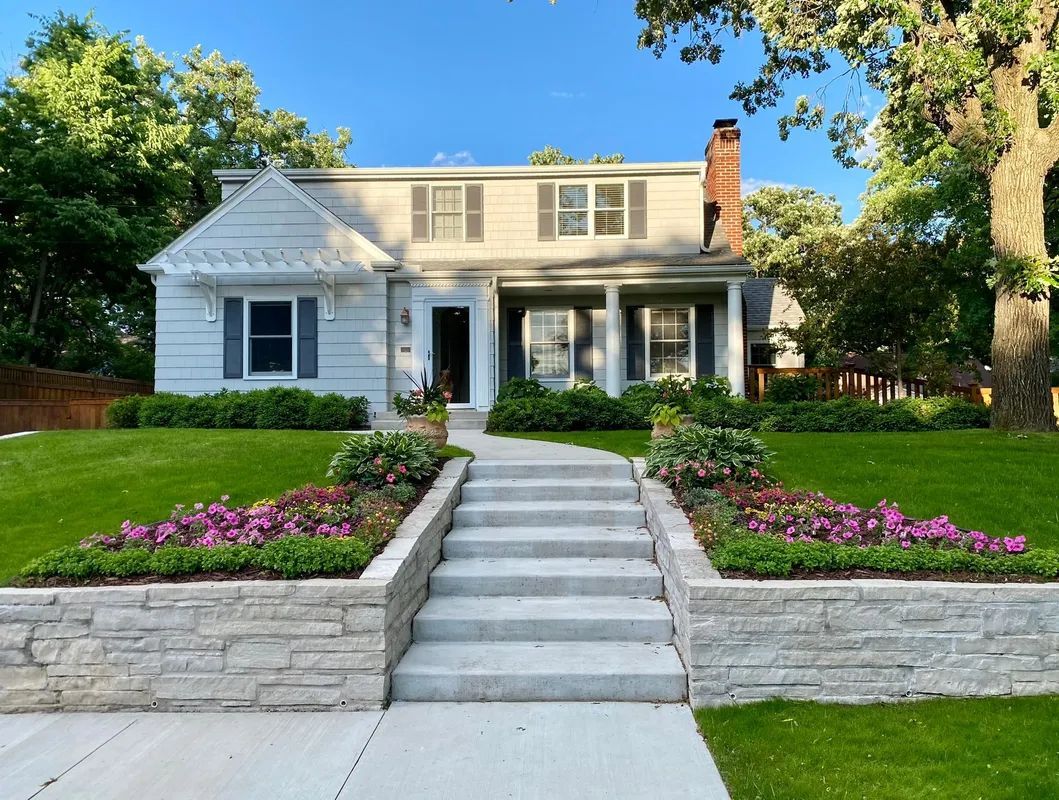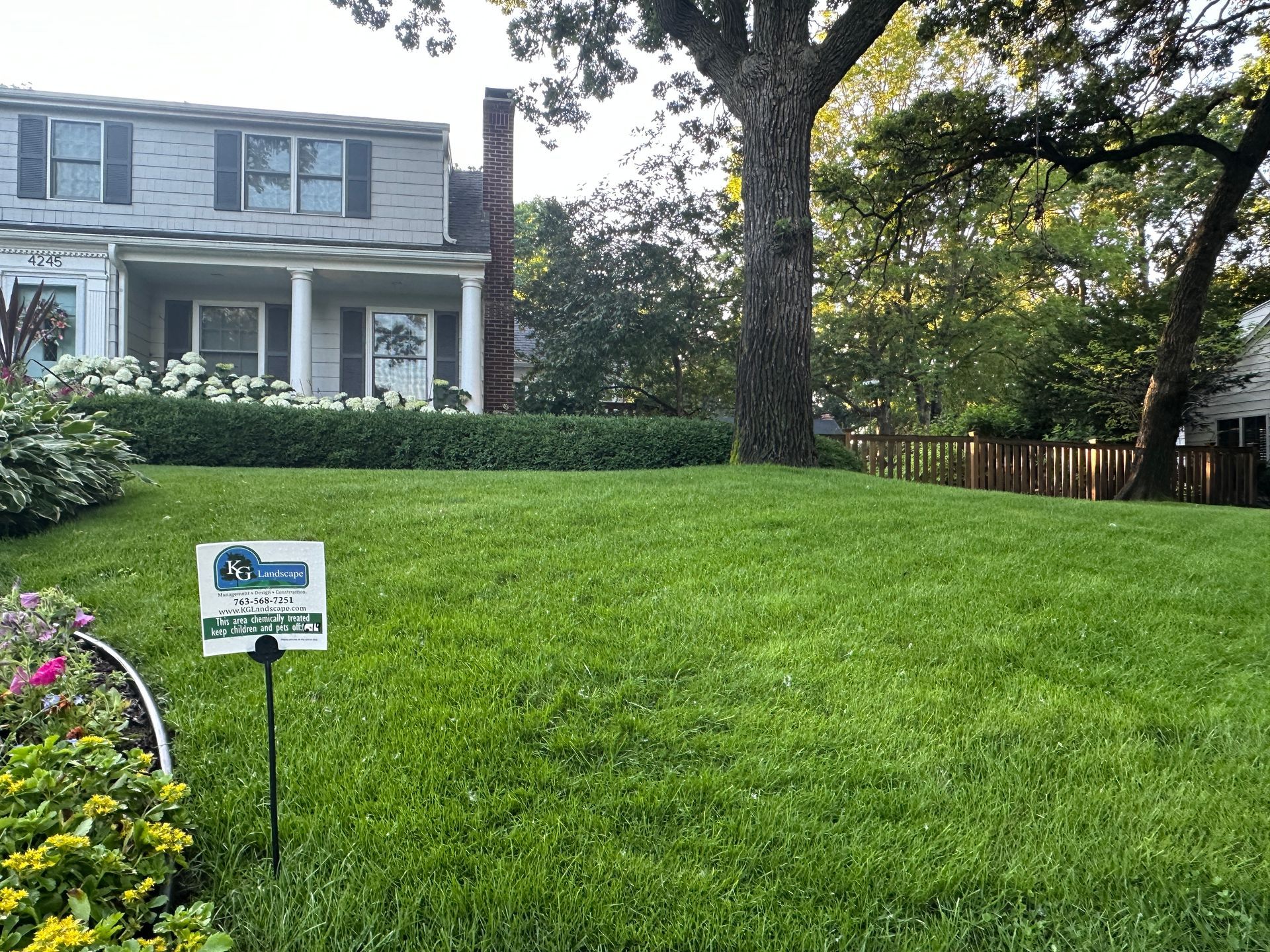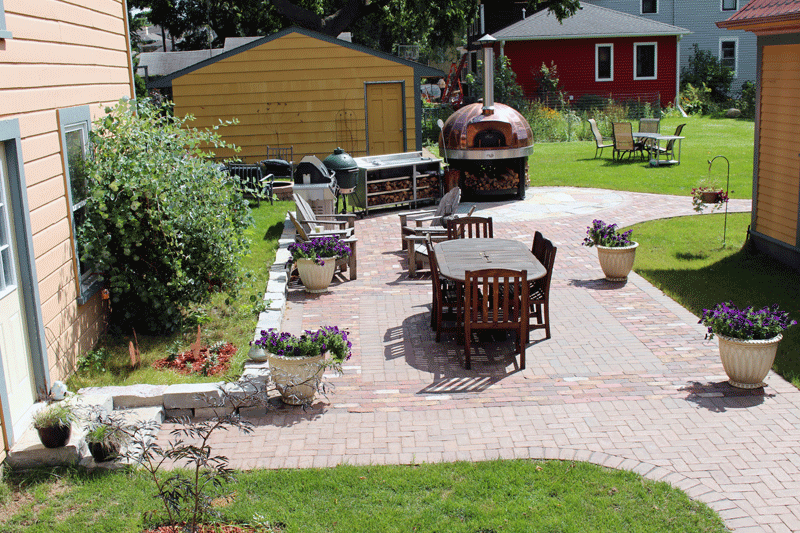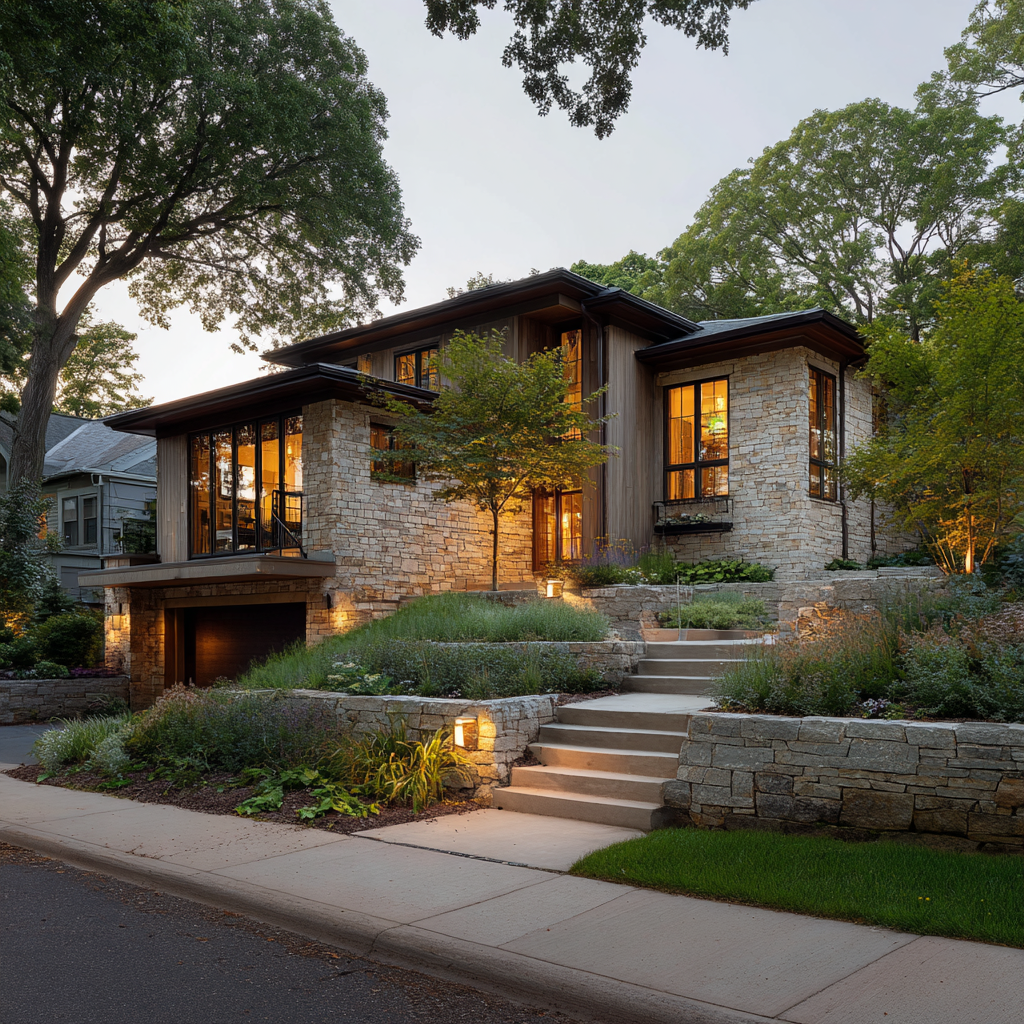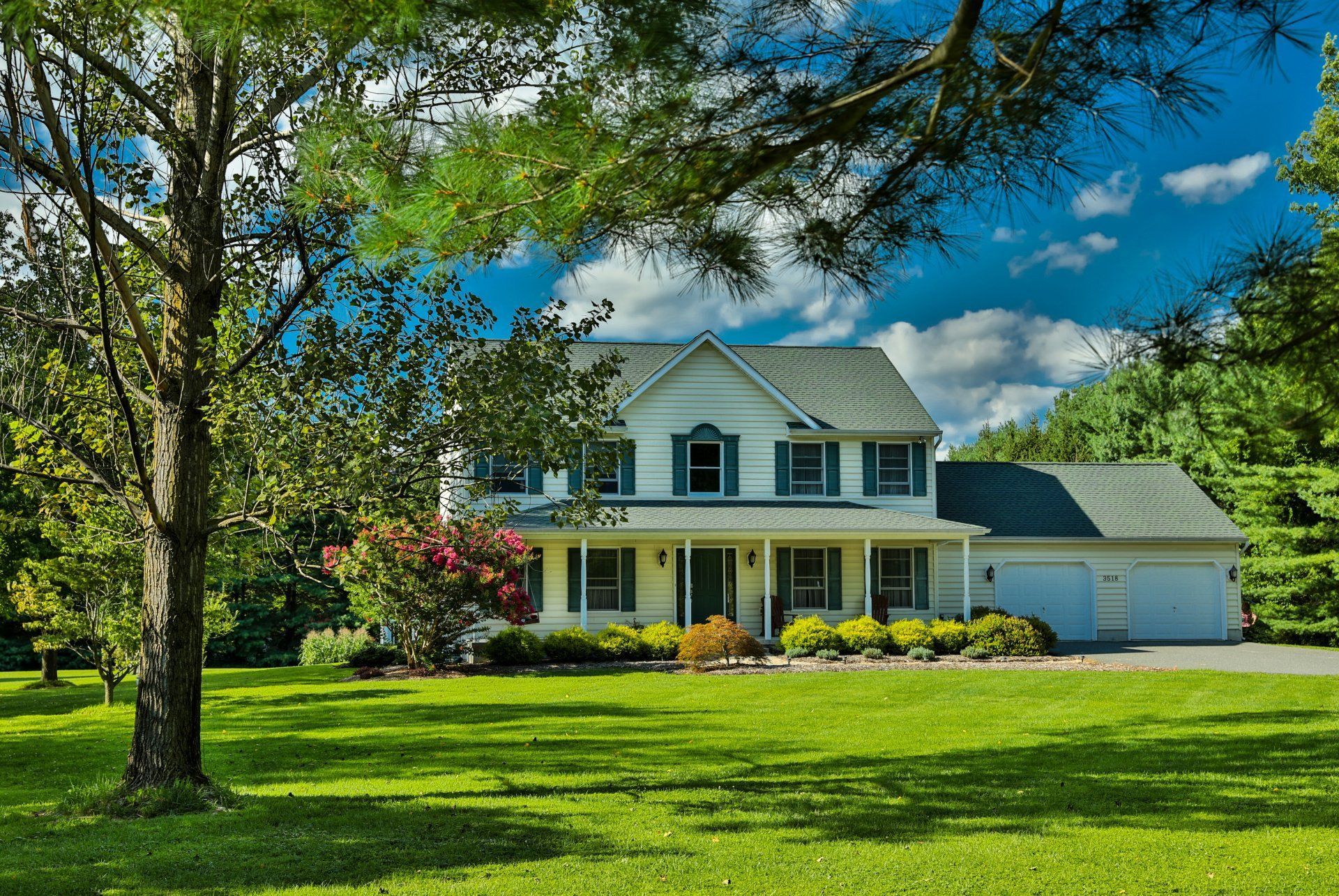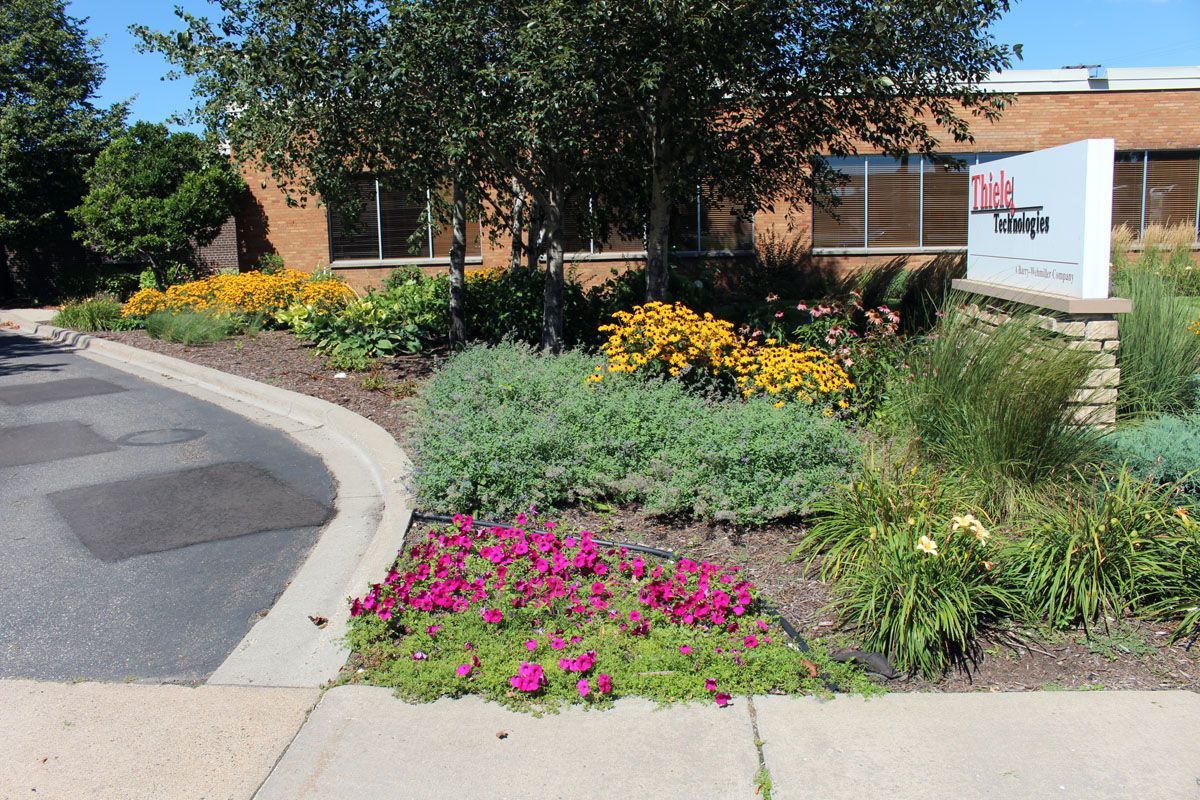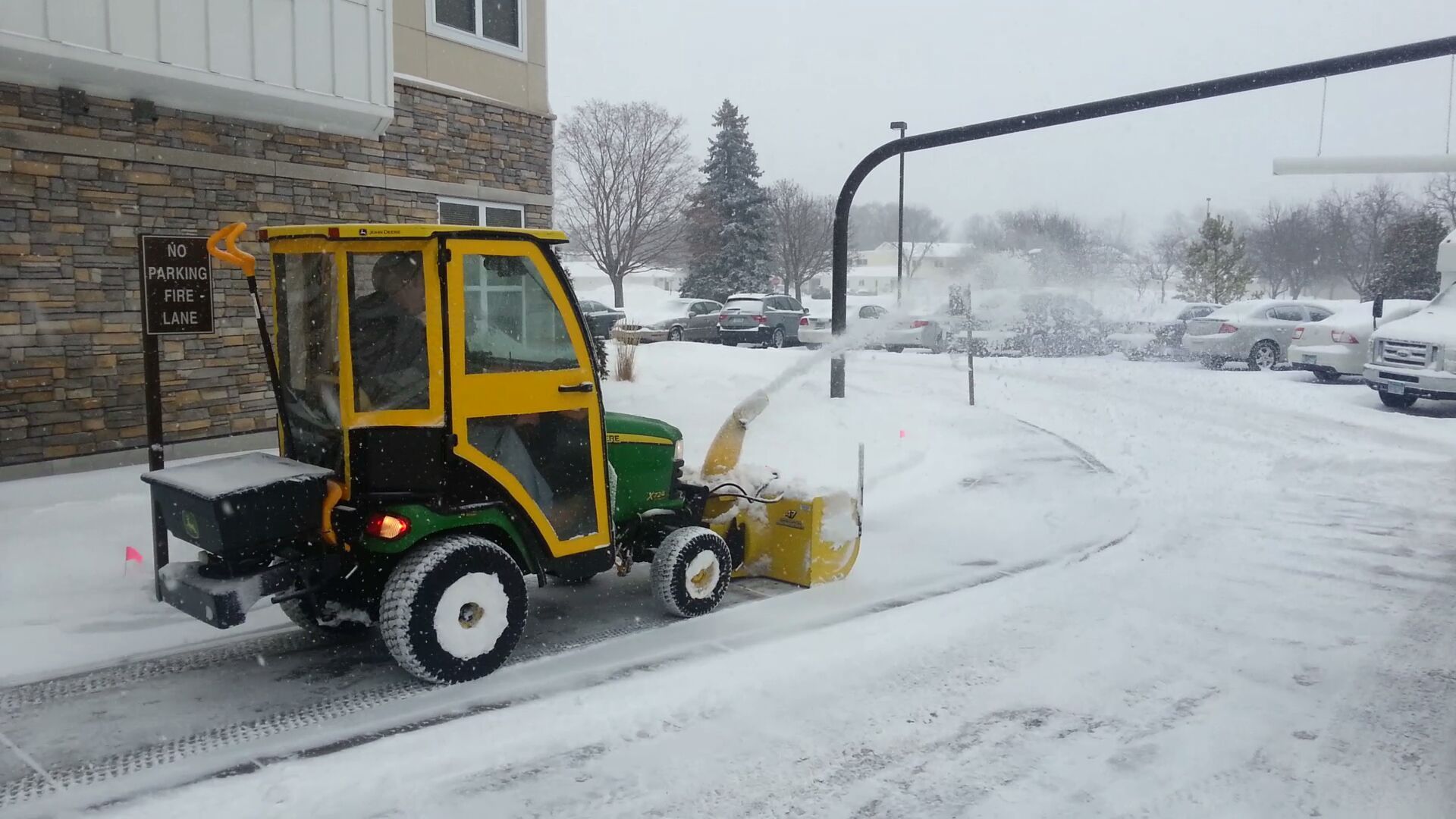Core Aeration for Minnesota Lawns
A beautiful lawn is achieved by implementing basic lawn care practices
such as mowing, fertilizing, and watering. It is vital to ensure that proper nutrients are reaching the soil beneath your grass, and aeration can be beneficial for this. Aeration involves perforating your lawn’s soil with small holes to allow for air, water, and nutrients to penetrate the grass roots further. As a result, the roots will grow deeper, resulting in a more durable, healthier lawn. Property owners are often uncertain about whether aeration is the best choice for their yards, but several factors can be used to determine if your lawn is a good candidate.
When to Aerate Your Lawn
While aeration can be done anytime during the growing season, property owners in Minnesota will have the best results if their lawns are aerated between late August and early October. Spring and summer aeration can be successful if the grass is watered on a regular, frequent schedule. The level of soil compaction present in a lawn determines how many times the aeration process will have to take place.
A landscape professional will identify whether your lawn needs aeration and recommend the best time to have the procedure completed. Aerating your lawn in the spring gives the grass an extra boost, encouraging faster greening, and aerating your lawn in the fall improves the strength of underground root systems while providing a solid base for overseeding.
Core Aeration Process
Whether you choose to hire a professional or complete the aeration process on your own by renting the equipment, there are three easy steps to guarantee the procedure is effective.
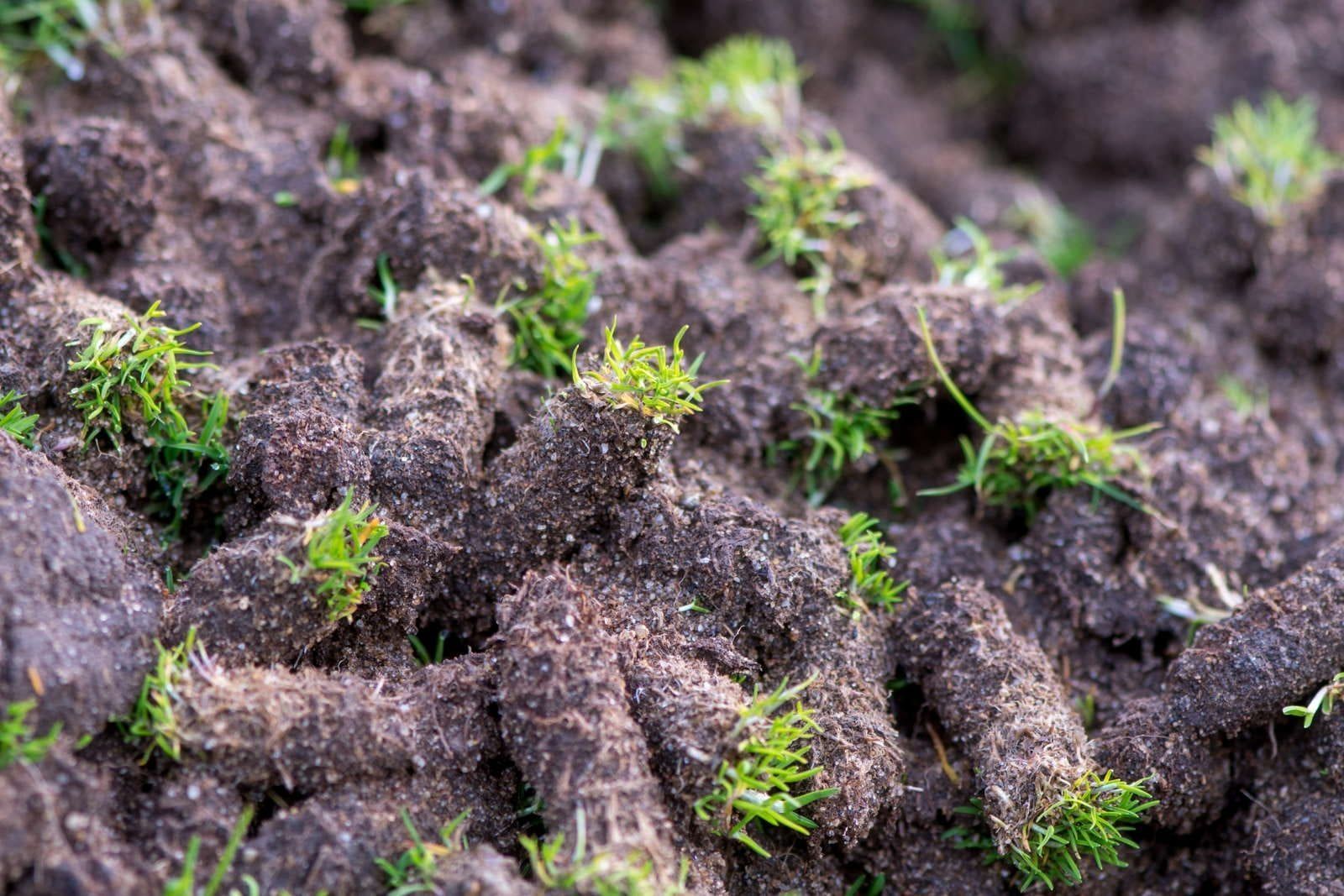
Benefits
Core aeration helps transition your lawn into a healthier, greener state by removing cylinders of soil, thus creating more room for grass roots to grow and establish. This procedure brings many more benefits to your lawn and is encouraged by many landscape professionals.
Improves Turf Health
The overall health of your grass can be improved drastically with lawn aeration. The root zone is provided with heightened access to air, water, and fertilizer as a result of core aeration. Providing more accessibility to these mediums improves the health of the grass, which results in deeper, healthier roots.
Benefits pH Modification
pH levels can have an impact on the health of your lawn
and how it grows over time. After the core aeration process, lime or sulfur can be added to promote the change of pH deeper in the soil present in your lawn. This allows for nutrients to penetrate deeper into the root zone, which will transfer to the health of your grass as well.
Relieves Soil Compaction
The density of your soil can have a tremendous impact on the overall health of your lawn and any plants or greenery you may have added. Compacted soil typically prevents air, water, and fertilizer from reaching the root system of your yard. This occurrence can cause dead spots, patches, and thinning throughout your lawn. The aeration process removes cores of soil, thus decreasing the density of your land and relieving compaction.
Reduces Thatch Build-Up
When thatch occurs in your lawn, layers of dead grass accumulate over time, creating a thick layer that can deprive any healthy grass of rain and nutrients necessary for survival. Aeration introduces thatch-decomposing microorganisms
from the soil to the top of the thatch layer, which helps manage the build-up and minimize damage.
Reduced Water Runoff and Puddling
If areas of your yard have runoff or puddling problems after rain, your soil is likely compacted, and the excess water has nowhere to drain or soak into. Since the aeration process removes small cylinders of soil across your whole yard, the remaining holes will likely allow for more successful drainage.
Benefits Overseeding Operations
Soil cultivation increases seed-topsoil contact, which is necessary for germination. A moist, protected environment is also created, which is optimal for seedling growth and development. With this in mind, core aeration is suggested before and after seeding an existing lawn.
Prepares Grass for Winter Dormancy and a Green Spring
Before your grass goes dormant in the cold season, it’s encouraged to pair aeration with fertilization in the fall season. Conducting the aeration process before fertilizing will help the nutrients soak in more effectively. Planning aeration and fertilization for the fall months gives cold season grasses protection from summer drought stress and is enough time before the first winter frost arrives.
Improve Your Lawn Today
Your lawn is one of the first details guests notice when visiting your property, meaning having a beautiful lawn should be of top priority. Completing simple lawn care practices such as mowing, fertilizing, and watering will help you achieve an appealing yard. Core aeration is an excellent method to implement into your lawn care as it provides outstanding benefits and improves the appearance of your lawn drastically as roots are strengthened, creating a greener look.
If you’re unsure of whether you would like to complete the aeration process on your own or by a professional, the first step is identifying whether core aeration is the right choice for your yard. Reach out to landscaping companies to get quotes and advice to start improving your lawn today.
The post Core Aeration for Minnesota Lawns
appeared first on KG Landscape Management.

